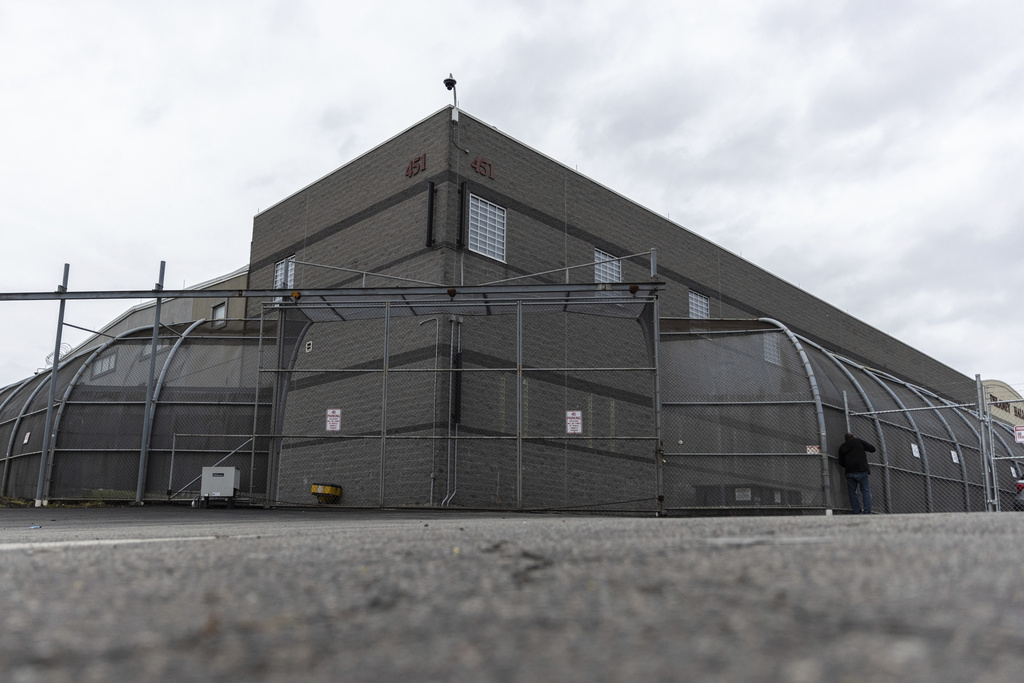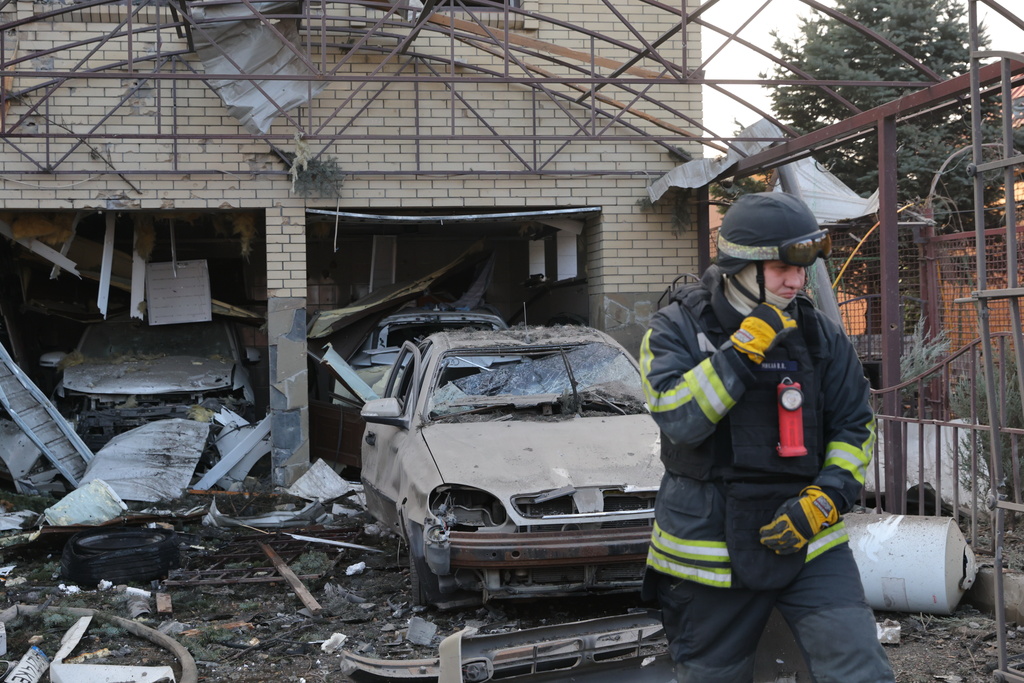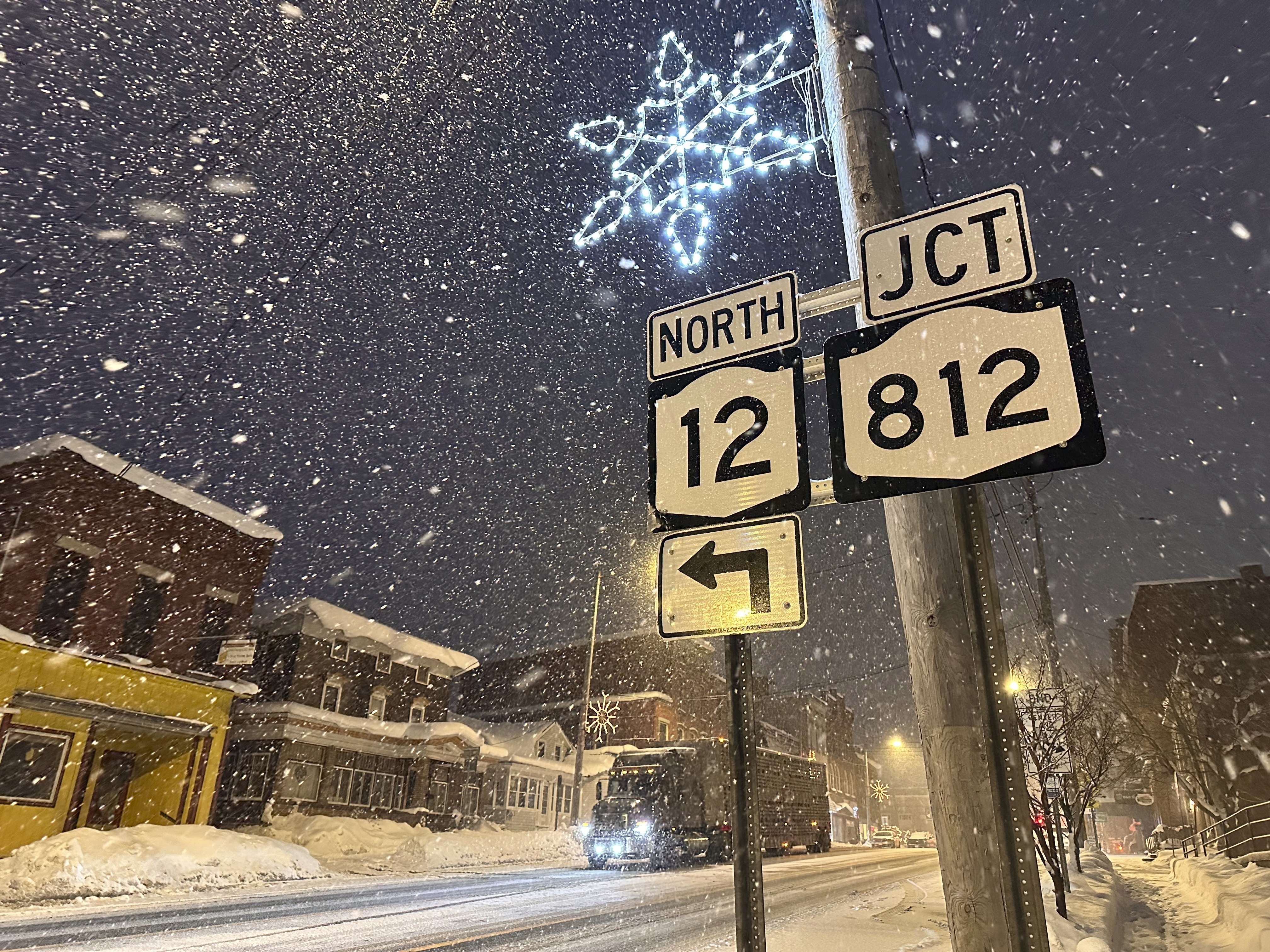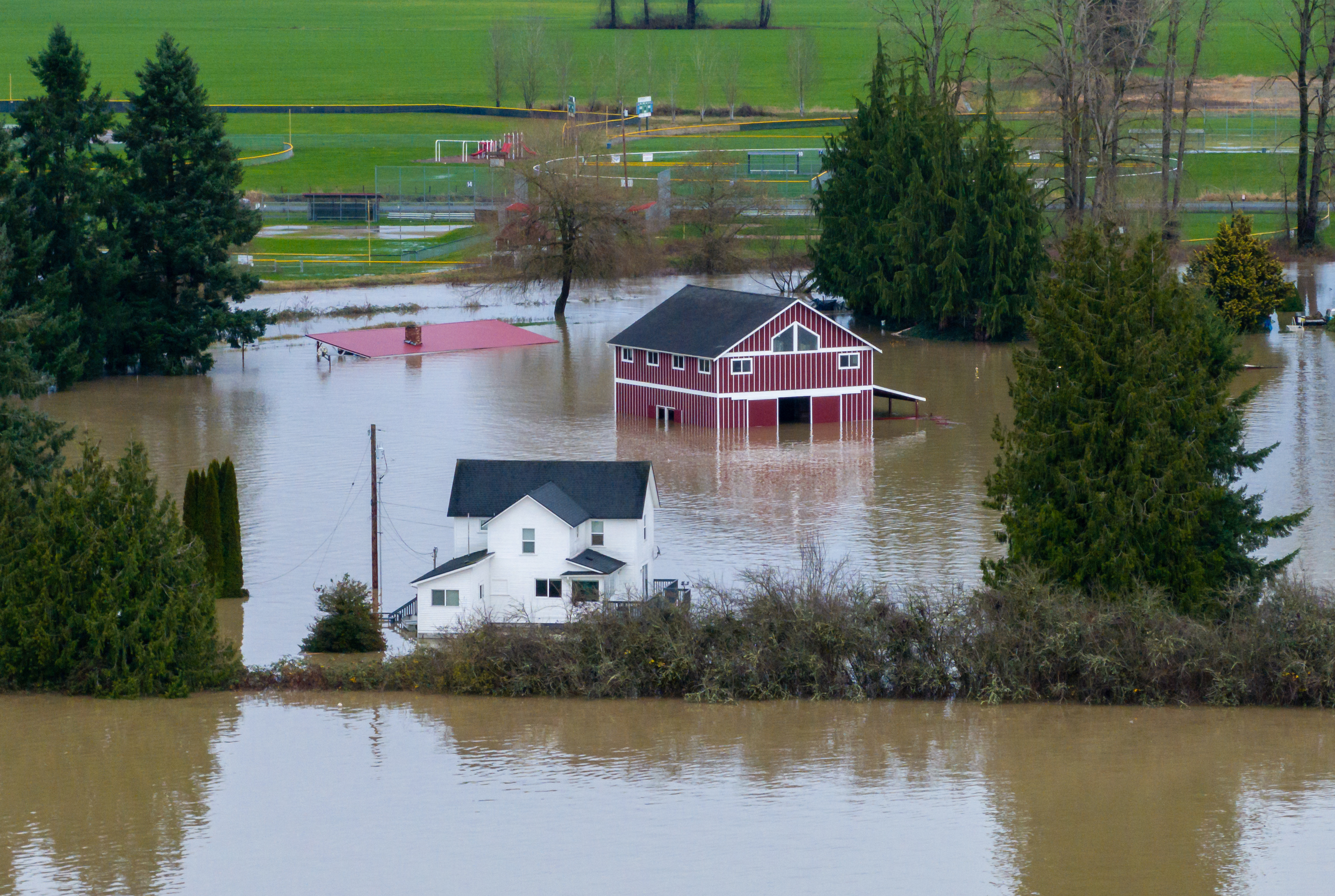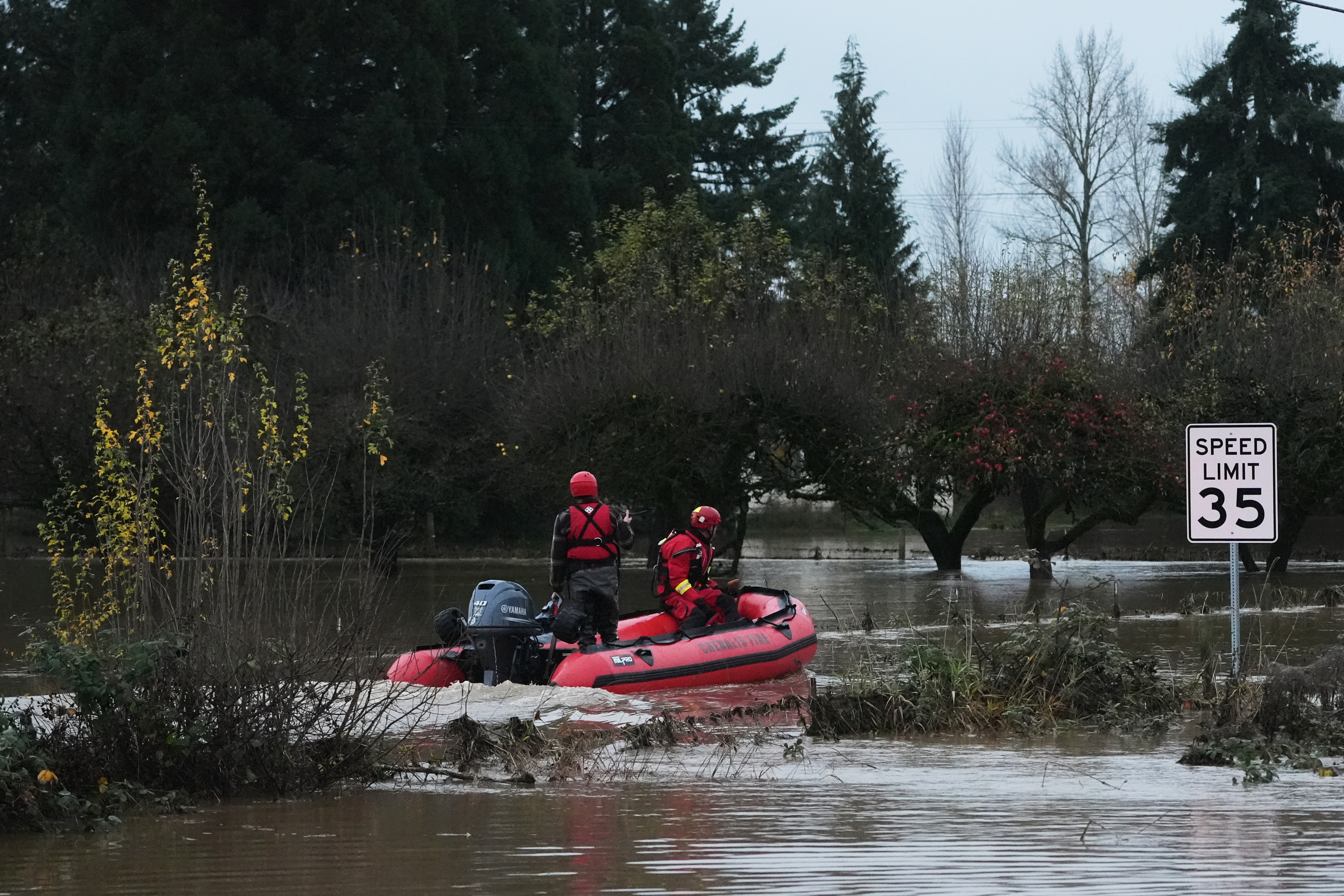Floodwaters in Northeastern states this summer have inundated valuable farmland at the worst possible time, striking when many crops aren't mature enough to harvest yet, but late enough in the season that it's now too late to replant.
Farms growing vegetables, flowers, and livestock all took losses. Some dairy farms were forced to dump milk after flooded roads became impassable and livestock couldn't be tended to.
Some farms raced to collect what viable crops they could before the floods arrived. Some individual farms estimate they'll see losses this year of more than $750,000. The state of Massachusetts estimates damage will come to at least $15 million, with more expected.
Thousands of acres were flooded. Storms dropped unprecedented levels of rain, delivering as much as months of average moisture in the space of a few days. Vermont saw flooding this summer worse than that from Tropical Storm Irene in 2011. Officials say it was the worst flooding since 1927.
Vermont has requested a disaster declaration from the U.S. Department of Agriculture. Massachusetts announced the Farm Resiliency Fund on Thursday, which will pool money from private donations and philanthropy groups.

Northeast states warn floods have made their drinking water dangerous
Officials across Vermont, Massachusetts and New Hampshire warn runoff and contamination have made it into water supplies after heavy floods.
Extreme rainfall from storms is a symptom of a warming atmosphere, driven by fossil fuel emissions from transportation and industry. Rainfall flooding — like droughts, heat waves, and other extreme weather — is expected to become more frequent in the future as temperatures rise.



